
Think about having a gear that is tiny enough to fit on your fingertip but strong enough to move a robotic arm lifting 50 pounds or capable of regulating a necessary medical device. Greetings to the world of precision gears, where precision in engineering matters almost as much as creativity. These mighty tools, which are typically no bigger than 50mm across, are the heroes we often forget that power our society. From our phones in our pockets to robots on Mars, tiny precision gears are the reason regular tasks are made possible.
When the industry uses “precision” technology, it means that machines are precise to the width of a human hair, have smooth, glass-like finishes, and last for years. Precise gear making is critical in medical devices.
It is vital to be precise in small precision gear manufacturing. As accuracy cannot be compromised in these areas, a minor difference could ruin the operation of a high-performance system. Small gears made from stainless steel are crucial in the medical, robotics, and aerospace industries. If a machine is precise, it will perform well, last longer, and cause less noise or vibration. The main reasons to choose a meatless diet are:
Here are some Types of Small Precision Gears;
These are the engine of production, with straight teeth allowing them to be exchanged with high precision and no more than 2% slippage. Manufacturing using such fine accuracy, even for something as small as a gear with 50 identical teeth, is difficult to achieve

Engineering takes from nature, creating new excellence. The way the spiral teeth interact when regulating heat is like how people shake hands, which leads to better results and more efficient operation. A smooth operation is made possible by the precise angles of the helix, which are possible because of 5-axis CNC machining.
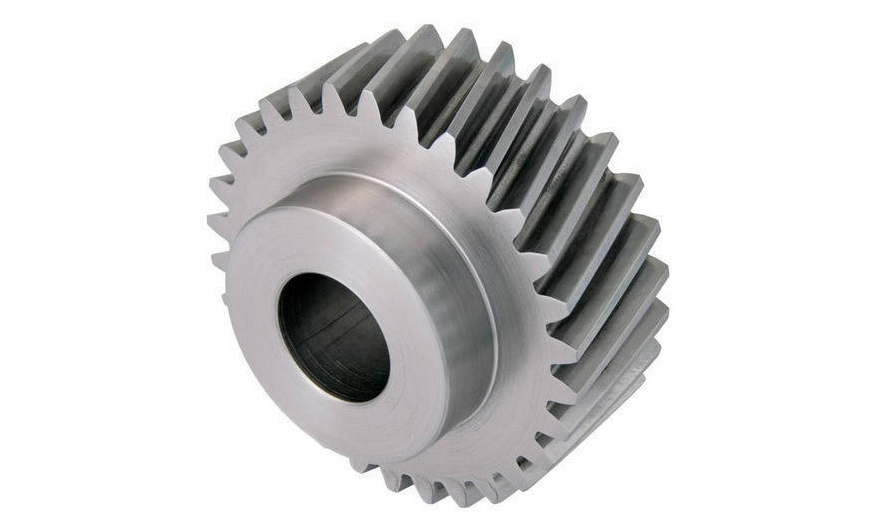
The answer engineers have found to solve the movement of the Rubik's cube is planetary gear systems—several gears working in cooperation. Since these systems operate at up to 100 times slower than normal, they become suitable choices for robotics and aerospace, making them highly suitable for the robotics and aerospace industry.
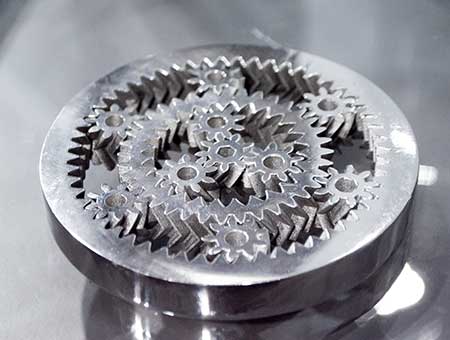
Micro-Worm gears are useful because they can provide up to 500:1 mechanical advantage with high accuracy. Although they are tiny, microcontrollers can manage plenty of loads—some as small as an eraser can steer systems with 1000 lb-ft of power.
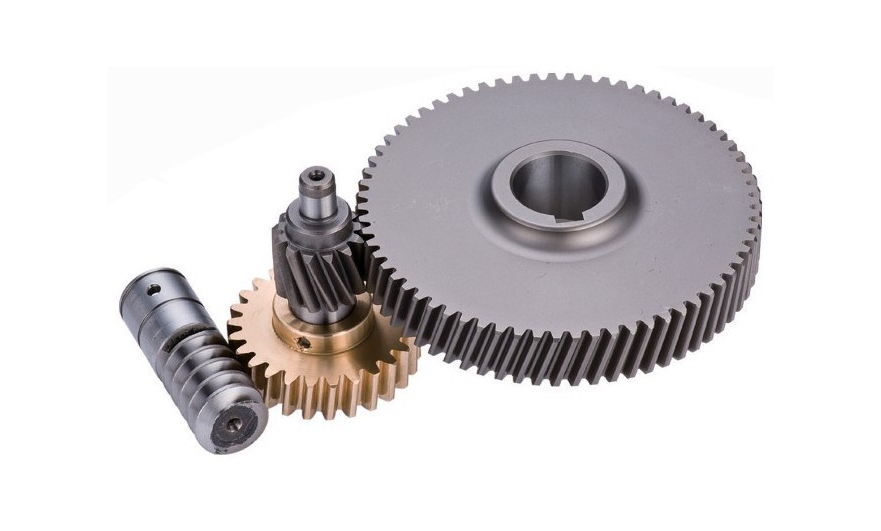
Let’s discuss the different processes we can opt for with small precision gears.
Today’s CNC tools have changed small gear manufacturing from an art exclusive to experts to a field that uses computers for accuracy. A Swiss watchmaker would be impressed with the tolerance level achieved on a 5-axis CNC machine today.
CNC Machining is a perfect fit because you can alter a gear design and obtain new prototypes so fast, in only 24 hours. This is why CNC machining is used. No need for costly devices or long setup processes, since the system can quickly change to suit any production demand.
An actual medical device company faced the need to purchase compact gears for a brand-new surgical robot. Thanks to CNC machining, they can develop medical equipment and enter clinical trials in six weeks, which previously was not possible with traditional methods.
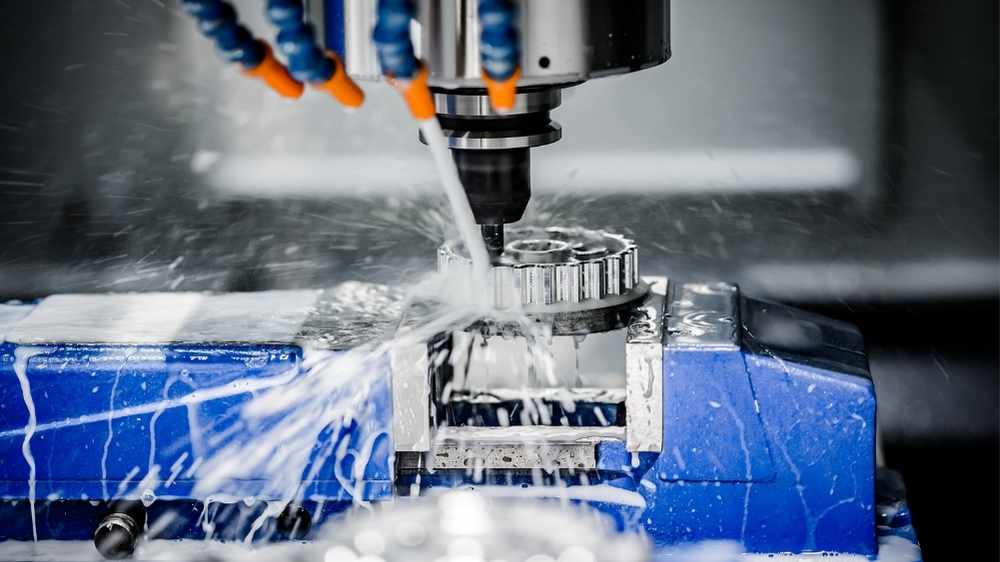
The use of controlled electrical charges in Wire EDM allows precision cuts that seem impossible for other tools. A wire thinner than someone’s hair, super-charged with electricity, is used in cutting hardened steel.
The wire, in Spark Erosion, is never in contact with the component being cut. Instead, micro pulses of electricity trigger sparks in a tiny gap and take out some material each time. Carefully placed tiny sparks remove material from the gear.
Applying Wire-Cut EDM, aerospace companies build ring gears inside planetary systems. Cutting these gears from blocks of hardened steel could not be done by any other manufacturing process.
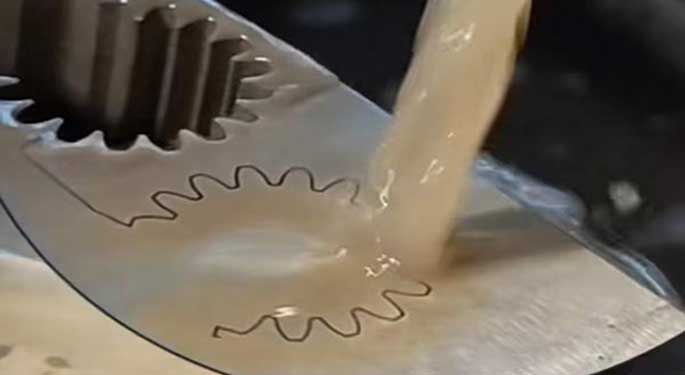
If Wire EDM operates down to fractions, Sinker EDM can shape surfaces precisely. Complex holes and features with excellent precision are made using the method and custom electrodes.
Qualified machinists make graphite electrodes that accurately match the needed structure of the cavity. The electrodes shape the workpiece by melting away the nanoscale surface in the opposite pattern. The result? Finished cavities with a high-quality surface that usually avoids the need for secondary operations.

The materials used for small precision gears are very critical concerning their reliability. Gears usually work within small limits and deal with maximum loads, sudden speed changes, and many types of environments. Thus, materials are chosen for their strength, resistance to wear, steady dimension, and how well they can be machined.
Because of the excellent properties of carbon steels and alloy steels, many types of small precision gears are made from iron-based materials.
The following are the different iron-based materials;
1045 Carbon Steel: A medium-carbon steel called 1045 Carbon Steel is strong and can be easily machined. Commonly selected when cost-efficiency and easy machining matter in medium-strength machines.
4140 Alloy Steel (Chromoly): Chromoly Alloy Steel 4140 (Chromoly) is commonly chosen for gear production because it is strong, fatigue-resistant, and easy to harden. It retains its shape after being exposed to heat, making it suitable for high-quality mechanical components.
9310 Alloy Steel: 9310 Alloy Steel is a steel choice for the aerospace industry, known for its strong and hardened core layer after carburizing. Since it is tough, this type of steel is often found in gears that must withstand high stress and shock in aviation and motorsport as well.
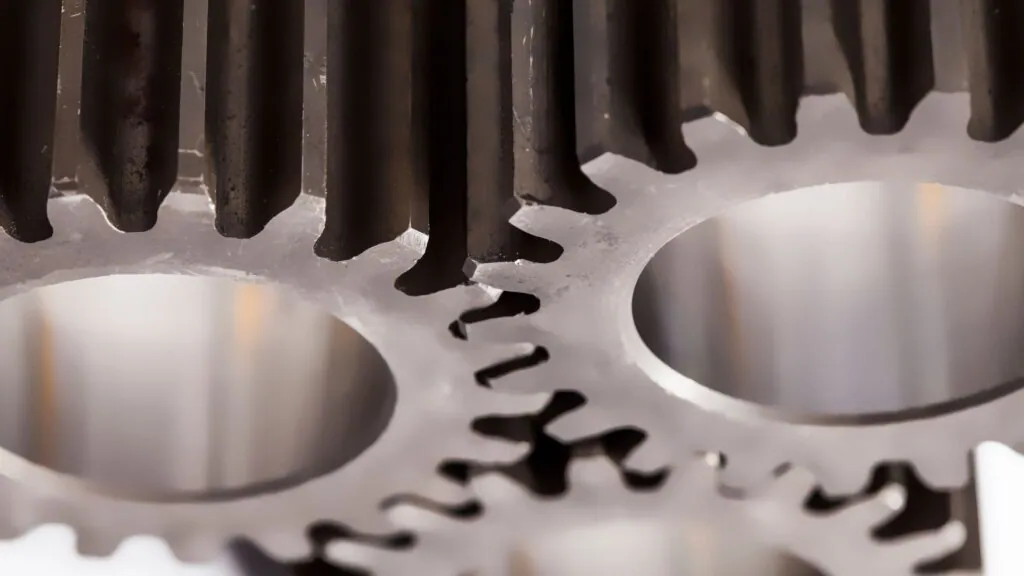
Stainless Steel (e.g., 17-4 PH): It is chosen for medical, marine, and harsh environments, as it blends strengths, hardness, and corrosion protection well.
Brass: There are occasions when brass is preferred because it operates quietly with a small amount of power. It is relatively easy to work with and does not rust as easily, but it isn’t as strong as steel.
Exotic Superalloys: Only chosen when standard materials cannot survive the tough conditions found in aerospace or nuclear environments, these alloys are known as Exotic Superalloys.
In small gear manufacturing, the right material ensures not just function, but also longevity and precision. Iron-based steels (1045, 4140, & 9310) remain industry favorites due to their mechanical performance, machinability, and adaptability through heat treatment.
Here are some of the common applications of small precision gear manufacturing;
Vehicles today have over 200 precision gears, and each one is important for their performance, efficiency, and safety. These devices function in areas that are too extreme for people—temperature changes from freezing to very hot, millions of uses and loads that could break normal systems.
Industrial robots use the precision of a doctor and the power of a bodybuilder together. It is small gears that ensure that each part moves in the exact required way, while handles can carry a load.
Everything the medical field does requires the highest degree of precision. If devices assist or regulate the crucial functions, the smallest mistakes can be deadly.
Precision gears for aerospace must work with greater accuracy than they do on Earth. Since a small error may mean the breakdown of the mission or bigger ones, they have to work in a vacuum and face different temperature ranges.
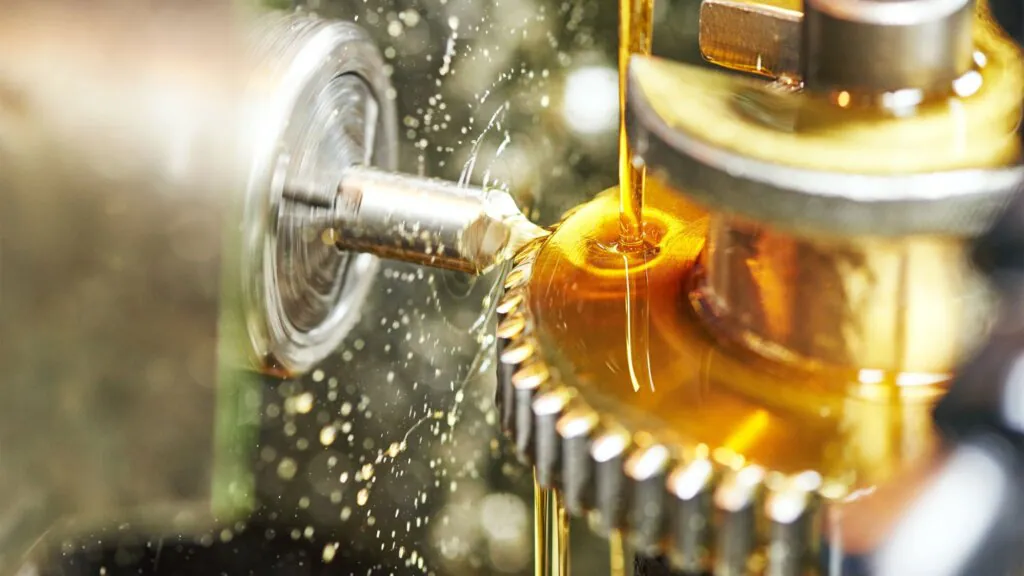
Precision is not optional in miniature mechanical engineering; it is required. Because even a small mistake can compromise performance, reliability, and safety, precision gears of any size are often needed in the most important applications. The key areas that shape gear precision are tolerance, how the gear is centered, and the smoothness of the surface, which are essential for the gear to work reliably in high-load and high-speed settings.
Operating gears at high speed and high loads makes precision important for how long they work, how loud they are, and how efficiently they perform:
Even a minor fault in medical imaging systems, surgical robots, or aerospace actuators could cause significant problems or put people at risk.
In the small precision gear world, trusting something less accurate could end in mistakes. The CNC machining services at our company are ideal for producing high-precision parts, delivering tight tolerances, ensuring perfect surface finishes, and consistent results, even on tough and minute components.
If you order prototype parts, a small run of gears, or require unique designs, our CNC setup and engineering team will ensure that all parts meet your exact requirements.
Making us your trusted partner in precision gearing will be the best decision for your benefit. Today, contact us and let us know your project; see the difference of working with a CNC machining partner who understands the true meaning of precision.
Precision gears may look small and not weigh much, but they play a big role. These hidden parts help make new technologies possible, from those used in robotic assembly lines to spaceships and from devices for saving lives to electric vehicles. Using careful designs, proper materials, and automated processes such as CNC and EDM helps produce machines that are effective, secure, and reliable. With technology needing both power and compactness, small precision gears will continue to be important for achieving excellent results.
1. What purposes do small precision gears serve?
In medicine, robotics, automotive manufacturing, and aerospace, small precision gears play an important part. They secure the precise and uninterrupted working of machinery in smaller spaces.
2. How are precision gears with a small size made?
CNC machining, Wire EDM, and Sinker EDM are the usual ways these products are manufactured. Thanks to these methods, systems can operate with extreme accuracy and repeatability, which is vital in top-level performance.
3. What makes precision important when producing gears?
A very tiny error in gear construction can result in misalignment, quicker wearing parts, or total failure in systems that work fast or deal with sensitive materials. Making interviews precise results in less backlash, smoother movements, and a reliable device over time.
4. Which materials should be used for gears that require high precision?
Frequently, 1045, 4140, 9310, and and17-4 PH carbon steels, 4140 and 9310 alloy steels, stainless steel, brass, and superalloys are used as materials. You should choose based on how resistant the material is to strength, wear, corrosion, and the way it operates.
5. How does the process of CNC machining help in making accurate gears?
CNC machining provides better accuracy and more flexibility than any other process. It allows manufacturing teams to quickly design samples, handle complicated shapes without issues, and smoothly produce good parts using simple tools.
